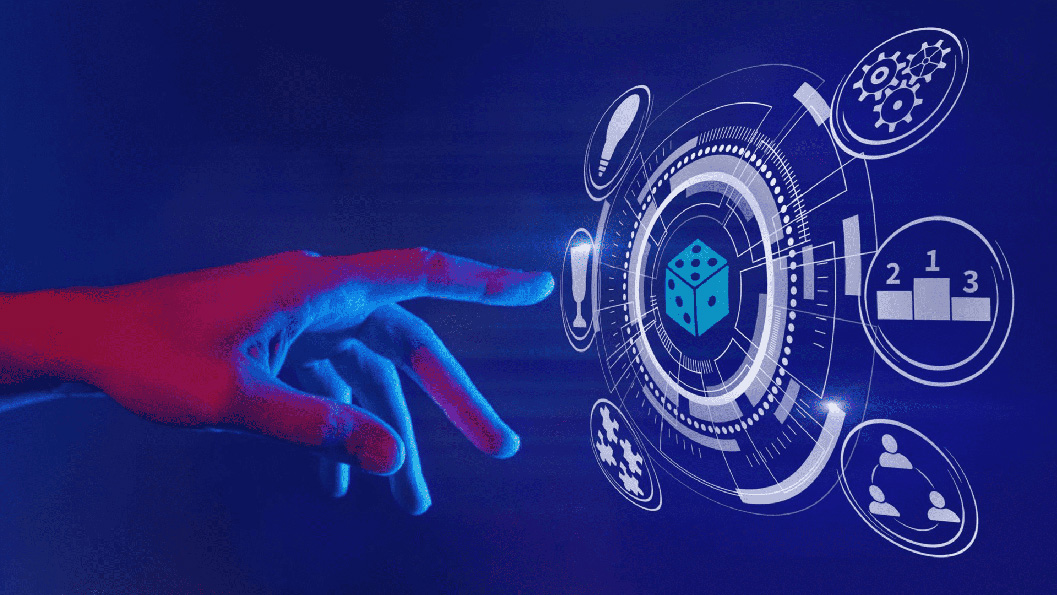Contents :
- What is gamification for education?
- The evolution of gamification in education (game-based learning)
- What are the trends for gamification in education in 2025 and beyond?
- The benefits of gamification in education
- The fundamental principles of educational gamification
- The fundamental mechanics of educational games
- Examples of successful gamification
What is gamification for education?
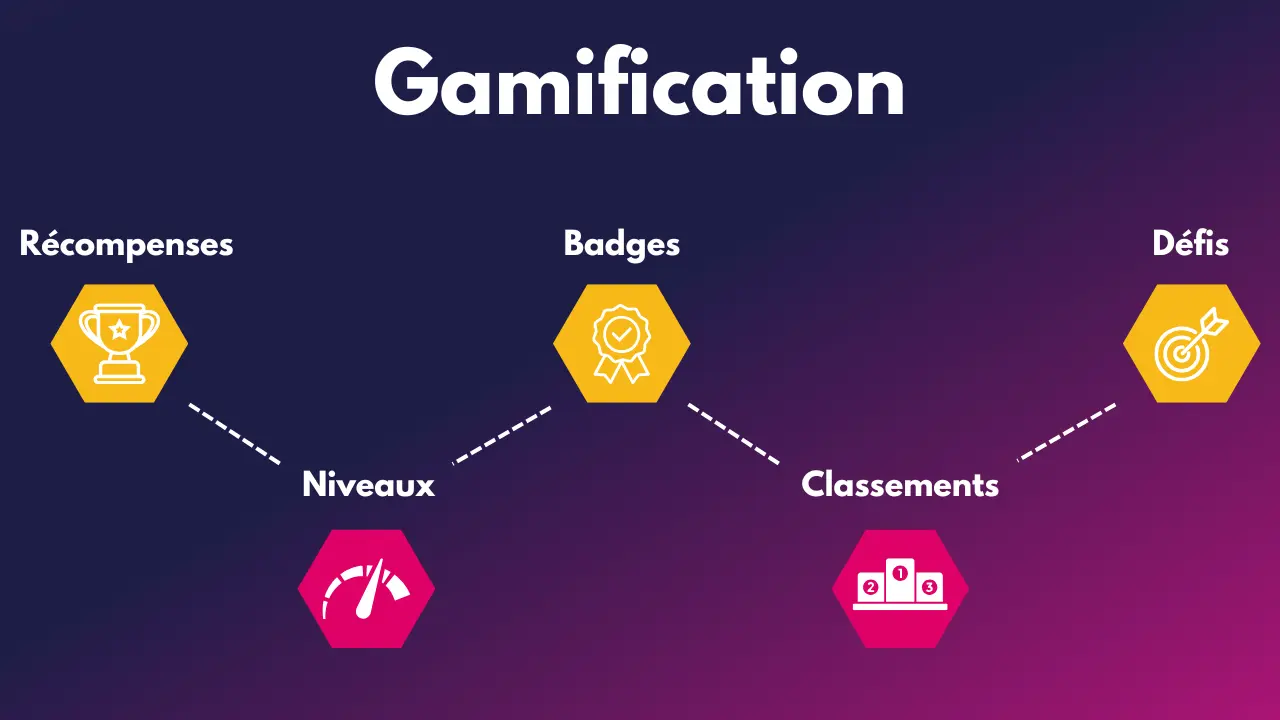
The gamification also means ludification is a method of borrowing the codes of games and integrating them into serious contexts, such as education, to increase engagement.
What does this mean in practical terms?
-
- It's like transforming a classic course into a much more engaging adventure, with levels to complete, badges to unlock, points to earn and sometimes even missions to accomplish as a team! Alone or in a team, it's a bit like imagining students taking part in a video game, but learning without even realizing it at times.
- But gamification isn't just about "making school more fun". Its real purpose is much greater. Above all, it's a method for stimulating students' inner motivation. The aim is to get them actively involved in what they're doing, and to help them better memorize what they learn. Thanks in particular to clear objectives, immediate feedback and a dynamic environment, we can say that this method of education is perfectly in tune with the expectations of generations that have grown up with digital technology.
Nowadays, with the rise of technology, gamification is making its way into more and more classrooms. And it's not just a trend: a number of studies have shown that, when well thought-out, gamification not only improves concentration, but also academic results! It's changing the way we learn... and often the way students look at learning itself.
The evolution of gamification in education (game-based learning)
The early days: the first educational software (1980s-1990s)
- At the end of the 80s, the democratization of personal computers began. Software such asReader Rabbit, Math Blaster and OregonTrail were introduced into American elementary school.
- The idea? To teach the basics through interactive mini-games that operate on a simple loop: question, answer, feedback and so on.
- At the time, game elements were only timidly included. Yet this was already laying the foundations for what would later become gamification. Teachers were quick to see the value of these tools in helping them to keep students' attention, especially those who had difficulty with traditional methods.
The rise of CD-ROMs and interactive simulations (1990-2000)
- In the 1990's and 2000's, CD-ROMs enabled a more advanced user experience, with better graphics, sound and more content. SimCity (1989), although not originally designed for educational purposes, has been adopted by some teachers to learn about urban planning, l'economics andecology. This game has ushered in a new era in which simulations are becoming a teaching tool in their own right.
- Other titles you may be familiar with, such as Microsoft's Encarta or Adibou, allow children to learn by freely exploring a rich, interactive environment. The structure of the game itself begins to structure learning paths, with objectives, rewards and levels.
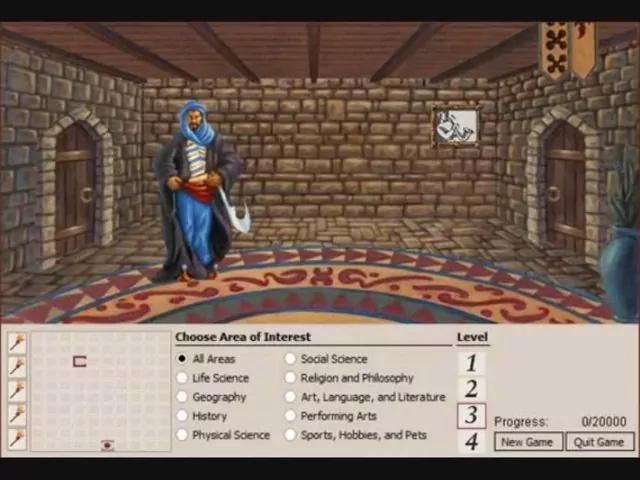
The explosion of the web and online platforms (2000-2010)
- Between 2000 and 2010, Internet changes the game! Access to resources became virtually unlimited.
- Platforms such as Cool Math Games and BrainPOP are offering hundreds of online educational gamesfor all ages. The experience is customizable, often free, and accessible from any browser. It's a revolution in accessibility and education!
- Students can now learn at their own pace, and from the comfort of their own homes. This decade also saw the birth of the first learning-tracking platforms incorporating elements familiar from video games: points, levels, automatic feedback, collective challenges.
Artificial intelligence and adaptive games (2020 to today)
- With gamified interfaces for homework,
- With a reward system in the form of digital tokens,
- With multi-level progression inspired by RPGs,
- Through social interaction and community challenges.
What are the trends for gamification in education in 2025 and beyond?
- Augmented reality (AR), which can now transform a classroom into a living museum or virtual laboratory. For example, apps such as Merge EDU can now be used to explore human organs or molecular structures in 3D.
- Virtual reality (VR), which uses VR headsets to create unique immersive experiences. For example, students can travel through time, visit the Moon or dive into the oceans.
- Generative artificial intelligenceis the principle of imagining learning scenarios that are designed to adapt directly to the student's reactions, and evolve according to the responses obtained.
- A biology student explores a human heart in VR,
- A history class visits an ancient battlefield in 3D,
- A teacher who uses AI to generate questions tailored to each student in real time.
Interactive games with the example of NeoXperiences interactive walls
At NeoXperiences, we design interactive interactive walls that immerse students in sensory worlds. Children learn by playing, running and touching. This approach is particularly effective for elementary school, but also for children with special needs. Our games are designed to be inclusive and suitable for everyone, including people with reduced mobility. Take ABAKUS, for example, a math game that can easily be mixed with sport, with a team and relay system to reach the right answer.
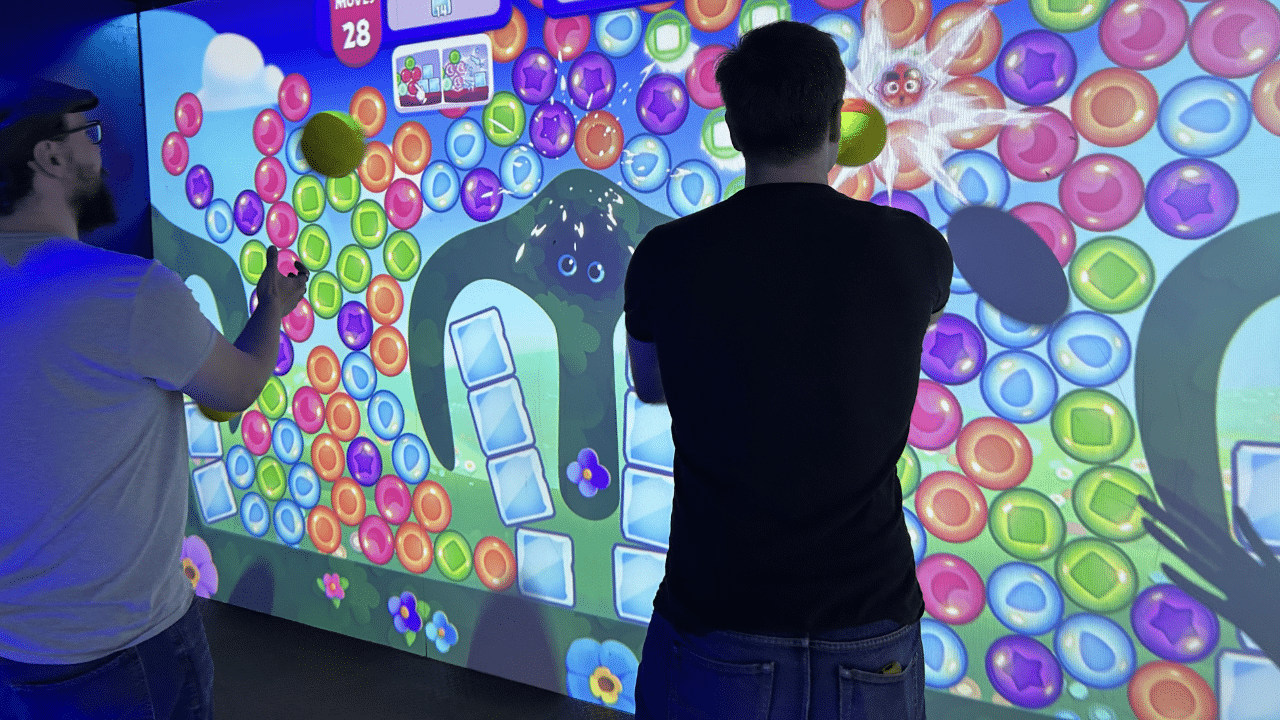
Educational Escape Games
Used in both junior and senior high schools, educational escape games encourage teamwork and logic. They're an ideal way to blend reality and fiction in subjects like geography and history. The system encourages collaboration, reflection and, above all, the practical application of knowledge. All you need is a well-written scenario and some curriculum-related puzzles, and you're ready to go! Many teachers create their own escapes using tools such as Genially or Lockee.
The benefits of gamification in education
Commitment and motivation
- Un élève engagé est un élève qui apprend. Grâce à la gamification de l'éducation, nous encourageons l’apprentissage actifs plutôt que passif en multipliant les points d’entrée émotionnels, visuels et sociaux.
Improved retention
- Immediate feedback, repetition and rewards help to anchor knowledge in the long term, thanks to positive memorization of the experience.
Skills development
- Problem-solving, creativity, critical thinking and collaboration are all soft skills that develop naturally through well-designed games.
The fundamental principles of educational gamification
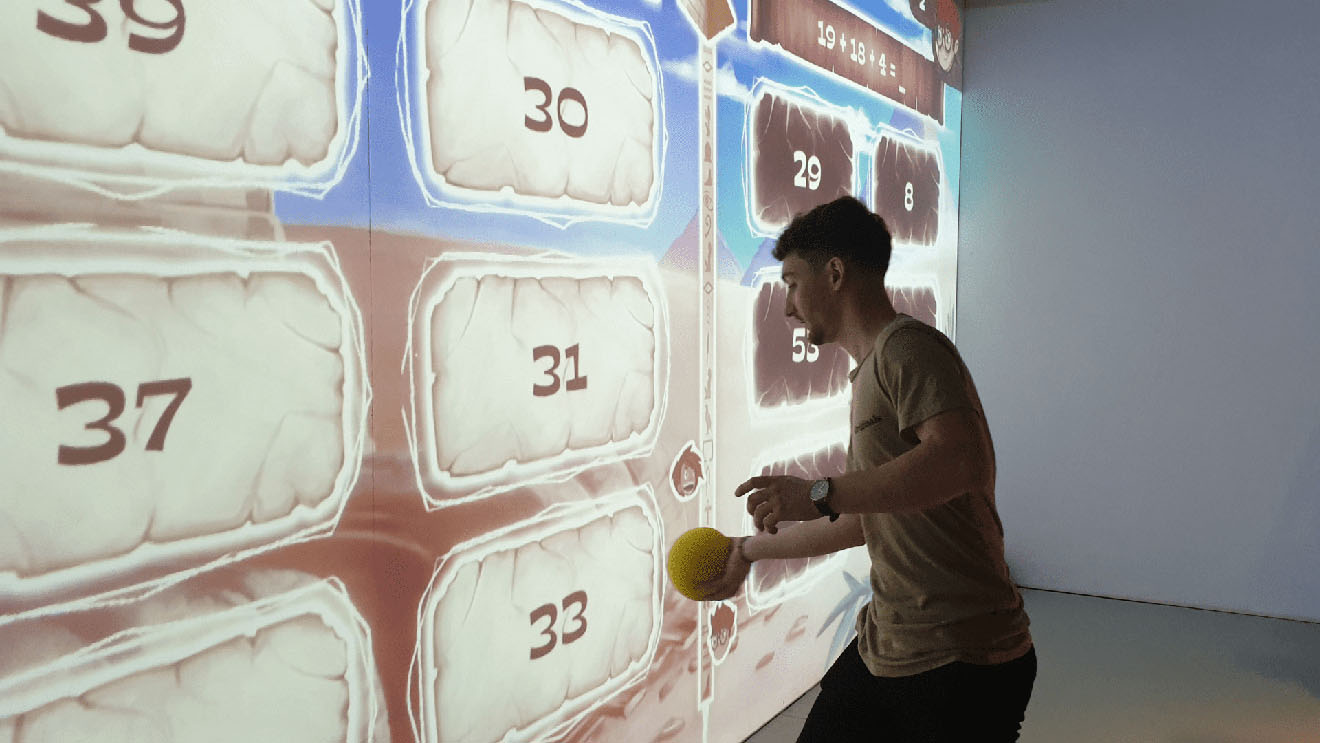
The psychological foundations of gamification
- Intrinsic motivation gamification is characterized by the self-determination model (Deci & Ryan). More specifically, gamification stimulates learners' fundamental psychological needs:
- Autonomy (choice),
- Competence (adapted challenges),
- Belonging (social interaction).
- Positive reinforcement: every action is rewarded (visually, audibly, symbolically), which acts as a powerful motivator. We want to perform the requested action correctly for the satisfaction of being rewarded.
- The learning curve: good educational games strike a valuable balance between increasing difficulty and regular rewards. This principle keeps students motivated without discouraging them.
Game elements applied to learning
- Clear objectives
- Structured progression
- Adapted challenges
- Immediate feedback
- Integrated repeat
- Sensory immersion
- Social interaction
The fundamental mechanics of educational games

Game mechanics that incorporate gamification are more than just playful devices. Above all, they are used to structure learning by setting the pace and clear objectives to reinforce student commitment.
XP (experience)
For those in the know, XP in video games - the equivalent of experience points - is one of the most widespread mechanics. It's a gauge that works on a continuous, easily visible and motivating progression. More than just a gauge that increases, it actually reflects effort and commitment to the activity! Indeed, the increase in the latter is the direct consequence of a correctly performed action.
For example, in an educational context, XP is attributed to specific skills such as mathematics, grammar, logic... It can also be linked to more transversal skills such as collaboration, creativity and perseverance. By taking several aspects, we can correctly visualize the advances in different established categories. Beyond that, experience points greatly encourage a positive dynamic of continuous improvement, based on individual or collective progress, but without comparison with others.
Badges
Badges are a reward mechanism that works like a kind of digital certificate. They reward achievement in a number of ways:
- Skill acquisition,
- Completing challenges
- Participation in projects.
A badge can be awarded for a one-off success or for regular behavior, such as active participation in class for a month.
More and more schools and institutions are adopting open badges. These are verifiable digital badges that can follow the learner throughout his or her educational life. If official, these distinctions can be integrated into portfolios, LinkedIn profiles or job applications. This gives concrete recognition to a person's informal or extracurricular achievements.
Rankings
Leaderboards allow learners to situate themselves in a competitive or cooperative environment. When used properly, they boost motivation by creating a healthy group and competitive dynamic that rewards sustained effort.
However, this tool must be used sparingly and carefully. The aim should not be to overwhelm certain people and single out the "best" to the detriment of others. Personalized or collective rankings should be proposed, to encourage individual progress, challenges between teams or the achievement of common goals. For example, a good ranking encourages self-improvement and self-improvement, not pure, unhealthy competition.
Levels and progression
Progression levels are essential. They structure learning with a progressive notion. They give students the opportunity to unlock content as they succeed. This encourages a step-by-step approach, where each level completed becomes a reward in itself, but also a lever for curiosity: "What will I discover next?"
This mechanism gives a feeling of control over the experience! It provides reassurance by offering clear reference points, while maintaining their attention and motivation thanks to a well-balanced increase in complexity. More concretely, levels can be linked to themes (level 1: geometry basics, level 2: complex figures) or activity formats (level 1: quiz, level 2: collaborative project).
Quests and narrative scenarios
One of the great strengths of gamification is its ability to tell a story. Through quests and scenarios, inspired by role-playing games, it makes educational activities more concrete. Imagine, instead of carrying out a classic exercise, it will be a question of accomplishing a mission, saving a person or solving an enigma... In short, it becomes a much more stimulating and engaging exercise for the person experiencing it.
This narrative transforms the learning experience by stimulating the imagination, thanks to a clear objective. In a quest, mistakes are no longer failures, but natural steps along the way. It's an excellent way of reconciling students with error, and of valuing experimentation and, above all, perseverance.
Visual and audio feedback
Visual and sound effects reinforce the emotional bond with the activity. Good gamification isn't limited to points or quests... It relies on dynamic animations, well-chosen colors and positive sounds to validate an action or signal progress.
This immediate feedback guides students without overloading their attention. They signal an error, encourage success or warn of unnecessary repetition. Used correctly, they increase implicit understanding of the rules and reinforce concentration.
For example, an animation that changes color depending on the response, such as green for a good action and red for a bad one. This allows the student to understand intuitively what works, without having to read a long explanatory text. Likewise, a little sound of success triggers an immediate positive feeling that makes you want to continue the experiment!
Social mechanisms
Finally, social interaction is an essential pillar of gamified learning. The game becomes a collective space, where students are no longer alone with a task. A spirit of teamwork and collaboration emerges as they tackle a common mission together.
This is a healthy and effective way to encourage teamwork, collaborative challenges and exchanges. It also reinforces cognitive learning and, above all, social skills such as listening, cooperation, conflict management, oral expression and many others.
What's more, gamification also makes it possible to promote mutual aid, by awarding XP to those who explain things to their classmates, creating badges for "class guides", or proposing quests in which everyone has a complementary role. This creates a friendly atmosphere, reduces the fear of failure, and boosts the confidence of even the most reserved students!
Examples of successful gamification :
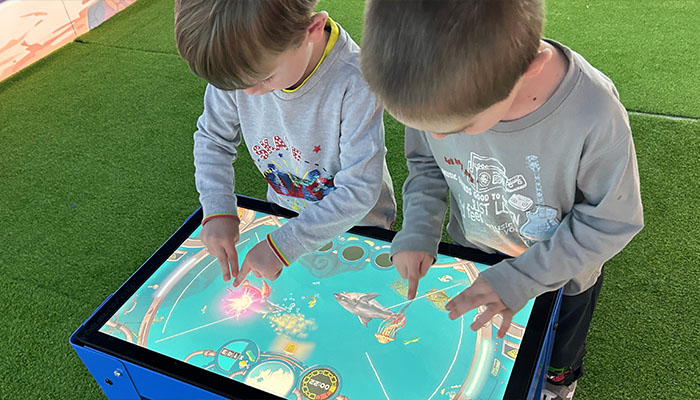
Kahoot
- A must-have tool. With its dynamic quizzes and instant rankings, Kahoot! energizes revision and encourages interaction. It is used in over 200 countries and boasts over 9 billion cumulative participations.
Duolingo
- With 74+ million monthly active users, Duolingo has become a model of gamification par excellence. Each lesson is short and fast-paced, with positive feedback, levels, daily series and badges.
Minecraft: educational version
- Used in thousands of schools, this game enables students to learn about history, programming, maths and biodiversity, by building collaborative projects in a virtual universe.
Article written by :

Doriane Perly
Doriane Perly is in charge of communications and marketing at Neoxperiences. Curious, bubbly and a jack-of-all-trades, she oversees digital strategy, content creation and marketing follow-up for interactive products. Passionate about showcasing innovative solutions, she enjoys sharing behind-the-scenes stories, news and team successes.
Want to transform learning through play?
At NeoXperiences, we firmly believe that gamification is one of the most powerful engagement levers in education. Our interactive solutions are designed to meet the needs of both teachers and students. Through games that enable physical exercise without even realizing it, and educational games like ABAKUS.
Other posts
In today's world, entertainment and sport play an important role in the daily lives of many people...
Caen-based company selected to join Europe's first incubation platform dedicated to sport
Discover our article on gamification: a popular concept that involves using game mechanisms to ...
